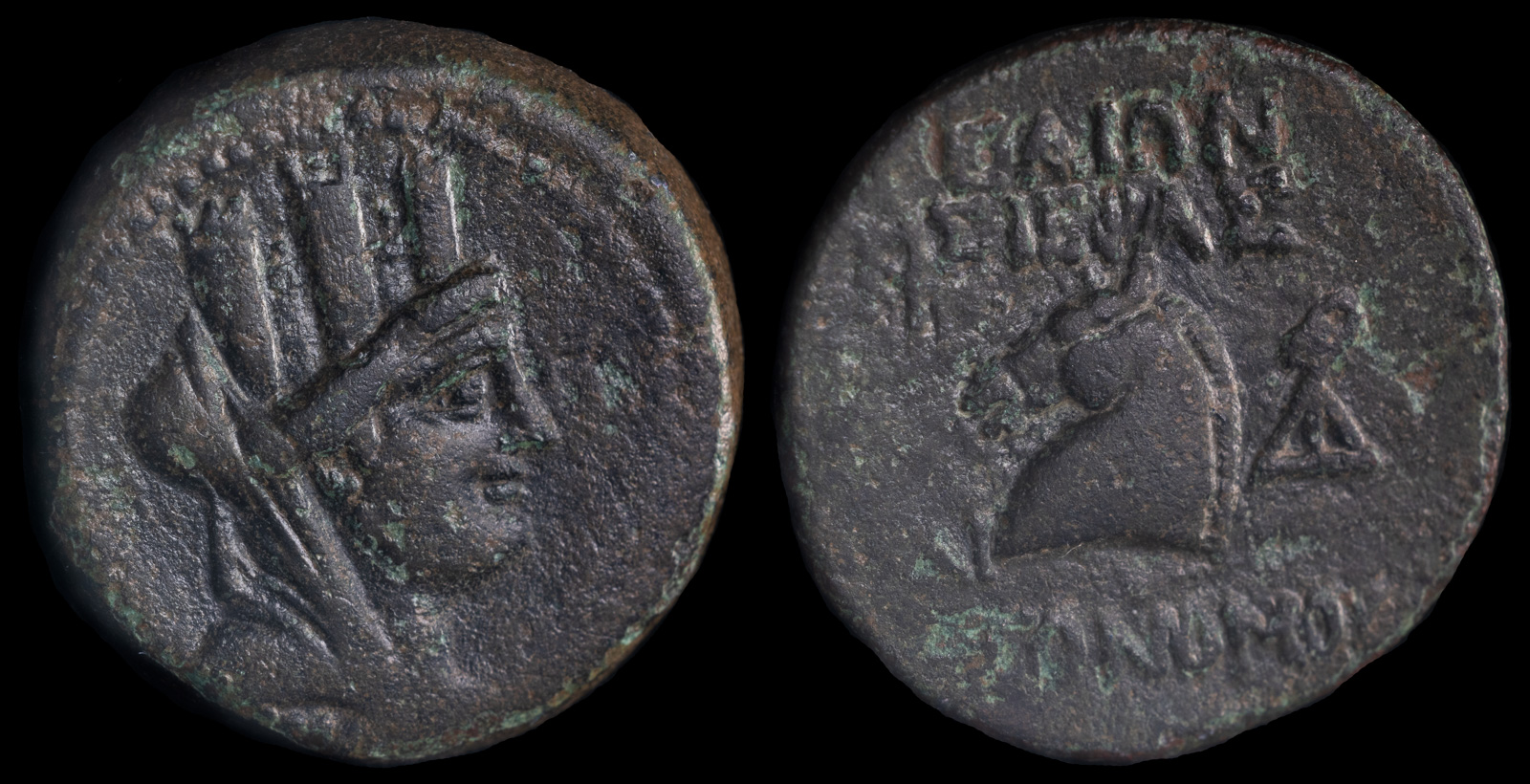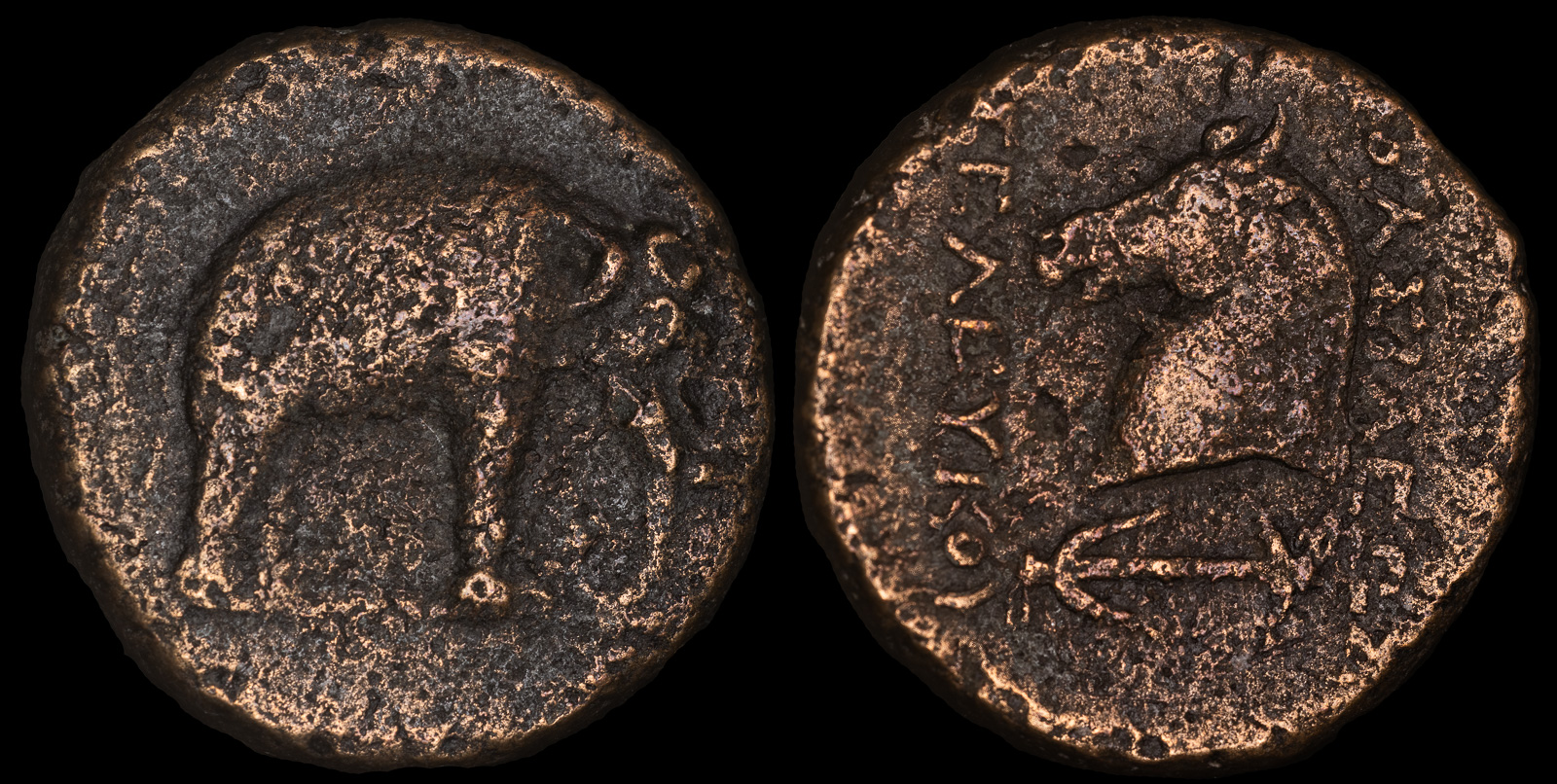Horsehead
View All Tags
The horsehead carried military connotations. In ancient Greece, cavalry units played a vital role in warfare, and horses were considered crucial for mobility, communication, and battlefield tactics. The horse was a symbol of power, nobility, and elite status, and coins depicting a horsehead could signify a ruler’s military strength or affiliation with horse-breeding regions, such as Thessaly, which was renowned for producing fine warhorses. Additionally, the horsehead was sometimes used to evoke the imagery of the gods of the horse, such as Poseidon, who was often depicted with a horse, reinforcing the divine power and favor associated with horses in Greek culture.
Beyond its association with athletics and warfare, the horsehead was also a symbol of prosperity and wealth. In the ancient world, horses were valuable assets, and their depiction on coins could signal the affluence and prestige of a city-state or ruler. For the Greeks, who were fond of symbolic communication through their coinage, the horsehead was a recognizable motif that conveyed not just the physical but also the cultural and civic importance of horses. These coins would often circulate beyond local borders, promoting the values and achievements of the city or ruler to a broader audience.

Aigeai, Cilicia
ca 164-27 BCE
AE 21.0mm 6.8g
Obv: Turreted, draped and veiled bust of Tyche right
Rev: AIΓEAIΩN THΣIEPAΣ KAI AVTONOMOY, Bridled horse’s head left, monogram to right
SNG BN 2297

Seleukid Kings of Syria: Seleukos I Nikator
Apameia on the Axios
circa 300-281 BCE
AE 20 mm, 7.69g
Obv: Elephant standing right
Rev. ΒΑΣΙΛΕΩΣ ΣΕΛΕΥΚΟΥ Horned and bridled horse’s head to left; below, anchor to left.
HGC 9, 79. SC 35. WSM 1128